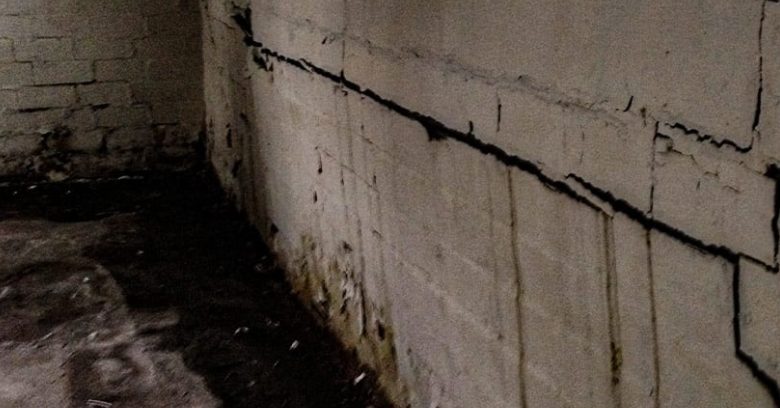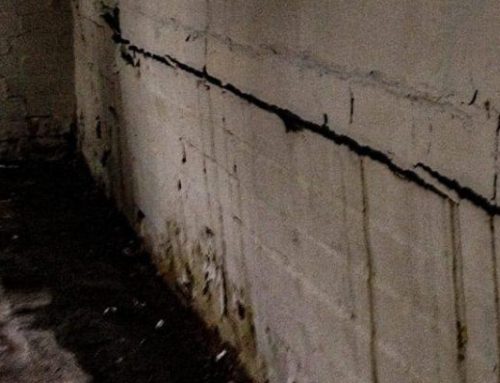A cracked foundation can be a serious structural problem for your home or building.
Foundation cracks, no matter how minor they may seem, should always be examined by a foundation professional so the severity and need for repair can be assessed and hairline cracks may not need attention, although deeper or specific types of cracks definitely do.
There are several ways in which cracks in a foundation can be repaired and the cracked foundation solutions used will depend on the type of fissure, how severe it is, and whether leaving the imperfection alone is likely to allow further and more significant damage to happen over time.
Repairing Vertical and Diagonal Foundation Cracks
Vertical and sometimes diagonal foundation cracks are the more commonly seen variety that affects a cement or block foundation.
These shrinkage cracks occur in new construction as the foundation settles, as concrete shrinks as it dries and sets.
Commonly seen in the middle of wall sections, these faults usually appear as minor hairline cracks although they can be wider.
A cracked foundation with â…›” or smaller shrinkage cracks does not need repair as long as those spaces do not widen as time goes on; however, anything wider should be repaired as the possibility of expanding to the point of attributing to structural damage is high.
Because vertical and diagonal cracks are not usually structural in nature, they require the simplest cracked foundation solutions.
Smaller spaces can be repaired using epoxy filler to fill up the space to prevent moisture from seeping through and to prevent the opening from spreading more.
Wider or gaping vertical and diagonal cracks may require structural repair, as epoxies only fill empty space and do not leave any structural support where some might be lacking.
Identifying Horizontal Foundation Cracks
Horizontal foundation cracks that span side-to-side along a foundation wall are more serious, as they indicate some kind of structural weakness in the wall.
They are commonly caused by hydrostatic pressure and can worsen in times of heavy rainfalls or especially wet seasons when the ground absorbs and holds more water.
A horizontally cracked foundation requires immediate attention as failing to remedy these flaws could lead to serious damage to the foundation wall and even to the building that it supports if the foundation starts compressing and shifting.
Wall bowing is a serious problem that occurs when horizontal cracks are not remedied.
Repairing Horizontal Foundation Cracks
Cracked foundation solutions for more serious horizontal cracks can vary depending on the severity of the damage when repairs are made and other factors relating to the cause.
Grading the ground to divert water away from the foundation is one solution that can help in some situations.
If wall bowing already exists, physical bracing and supporting the inside of the wall may be required to prevent the foundation from collapsing.
Preventing future horizontal cracks requires these and other types of structural repairs that support the wall and reduce the inward pressure on it.
Don’t Leave Foundation Cracks Unchecked
Whether you are noticing small, vertical hairline foundation cracks between blocks where moisture is seeping or observe more significant horizontal cracks and a bowing wall, these are signs that your foundation needs attention.
Cracked foundations will continue to deteriorate as time passes, progressing to the point of destabilizing the foundation.
Fortunately, most cracks detected early can receive simpler foundation solutions that can prevent them from turning into bigger problems.
No matter what kind of split or fissure your foundation has experienced, have an experienced foundation repair expert diagnose it so you can be safe and not sorry!





